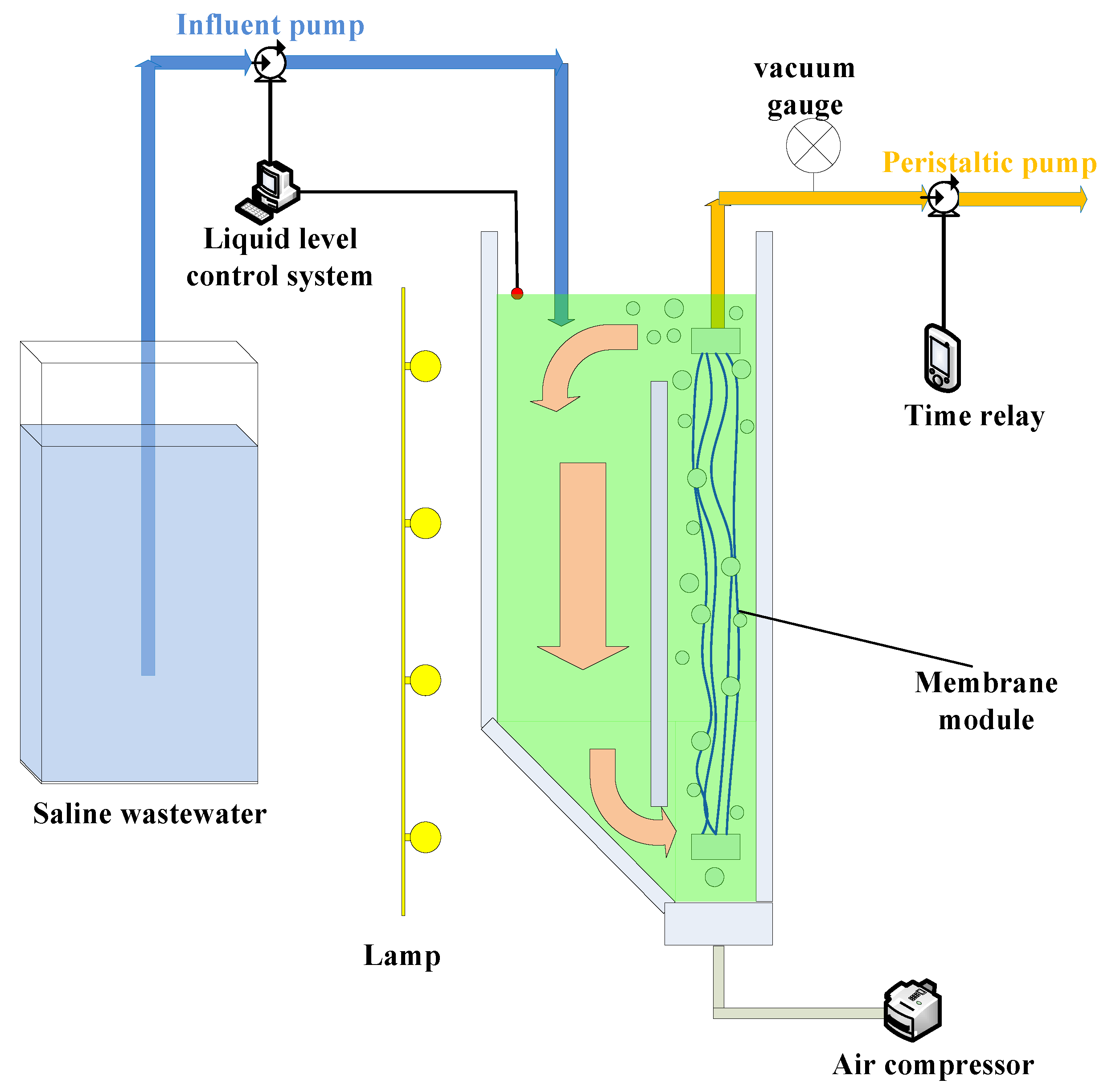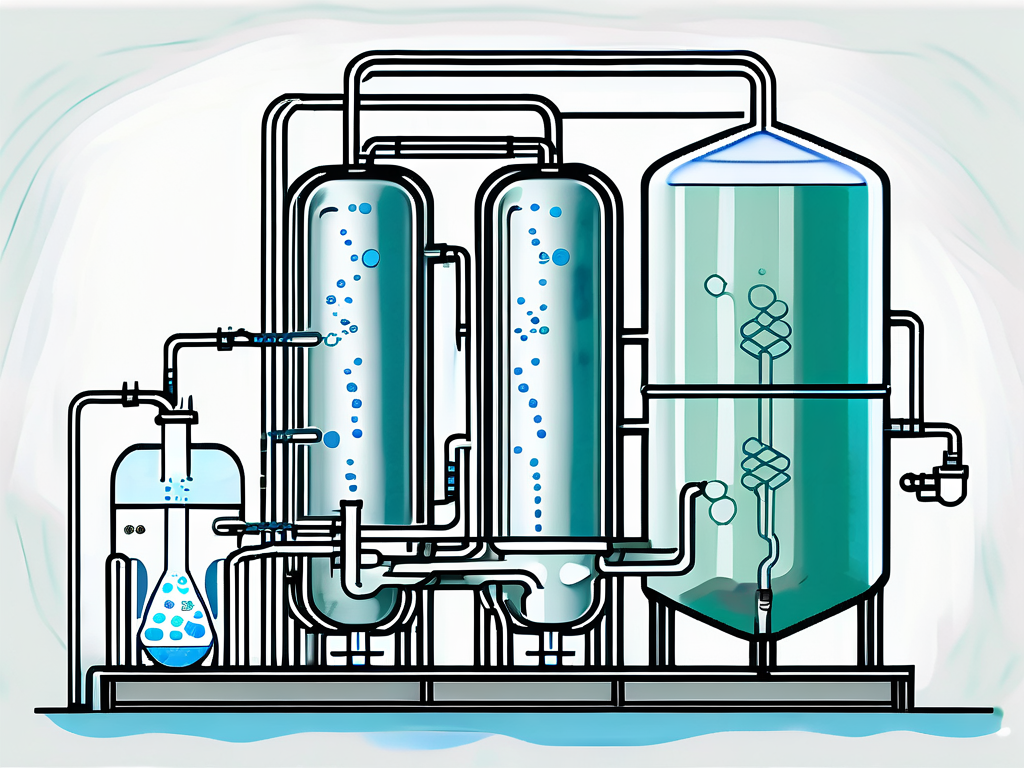Just How Membrane Bioreactors Are Reinventing Water Purification Solutions
The emergence of membrane bioreactors (MBRs) stands for a significant improvement in the field of water purification, combining organic treatment procedures with sophisticated membrane filtering technologies. This integration not just boosts the quality of dealt with effluent yet also addresses metropolitan room constraints, making MBRs especially appropriate for largely populated areas. As worldwide water deficiency heightens, the duty of MBRs in facilitating safe and clean water reuse and sustainable water management becomes significantly important. Yet, the effects of this technology prolong past performance-- what obstacles and opportunities lie ahead for its extensive application?
Review of Membrane Layer Bioreactors
Membrane bioreactors (MBRs) represent a substantial innovation in water purification technology, as they incorporate organic treatment processes with membrane layer filtering. This integration boosts the performance of wastewater treatment by utilizing microbes to break down organic toxins while concurrently utilizing semi-permeable membranes to different treated water from put on hold pathogens and solids.
The MBR system commonly is composed of a biological activator where the microbial population metabolizes impurities, complied with by a membrane layer filtering unit that maintains biomass and enables just clean water to travel through. This dual capability leads to greater effluent high quality contrasted to traditional therapy methods. MBRs can be run in both batch and constant circulation modes, offering versatility in layout and application.
They also enable the healing of water for reuse, therefore adding to water sustainability campaigns. On the whole, MBRs are at the forefront of improving water treatment efficiency and high quality, showcasing the capacity for ingenious options in ecological administration.
Benefits of MBR Modern Technology
The assimilation of organic therapy with membrane layer purification uses countless benefits for water filtration procedures. One of the main benefits of Membrane Bioreactor (MBR) technology is its ability to effectively remove both not natural and natural pollutants, causing top notch effluent. The membranes serve as a physical barrier, preventing put on hold solids and virus from travelling through, which improves the general safety and integrity of cured water.
Furthermore, MBR systems require a smaller impact compared to conventional therapy techniques, enabling for more reliable room usage. This compact layout is especially beneficial in urban setups where land is restricted. MBRs likewise demonstrate functional flexibility, accommodating differing influent qualities and flow prices without significant performance destruction.
Additionally, the process uses enhanced nutrient removal capabilities, especially for nitrogen and phosphorus, which are critical for protecting against eutrophication in getting waters. The reduced sludge production connected with MBR technology likewise translates to decrease disposal costs, making it a cost-effective remedy in the long run - Membrane Bioreactor. On the whole, the advantages of MBR modern technology position it as a leading selection for innovative and lasting water filtration systems, addressing both environmental and financial concerns
Applications in Water Filtration
Applications of Membrane Layer Bioreactor (MBR) technology in water filtration are impactful and diverse, attending to numerous treatment needs throughout numerous sectors. MBRs successfully incorporate biological treatment processes with membrane layer purification, making them optimal for metropolitan wastewater therapy, industrial effluent administration, and Check This Out also safe and clean water reuse campaigns.
In community settings, MBRs are progressively utilized to improve the high quality of dealt with wastewater, enabling conformity with rigid discharge guidelines and assisting in the recycling of water for watering and non-potable usages. Their portable style likewise makes them appropriate for metropolitan atmospheres where area is limited.
Industrially, MBR technology is utilized to deal with procedure water and wastewater, specifically in markets such as food and drink, pharmaceuticals, and textiles. By effectively removing impurities and suspended solids, MBRs assist sectors lessen ecological influences while recouping useful resources from wastewater streams.
Furthermore, MBRs are acquiring grip in decentralized water therapy applications, where small-scale systems can be deployed in remote locations or establishing regions. This adaptability makes it possible for neighborhoods to accomplish sustainable water monitoring options, enhancing accessibility to tidy water while decreasing reliance on standard treatment methods.
Study and Success Stories

In an additional example, a fabric manufacturing center in Bangladesh adopted MBR modern technology to address its wastewater obstacles. The system decreased chemical oxygen need (COD) levels from 1,200 mg/L to much less than 100 mg/L, thus satisfying regulatory requirements and significantly lessening ecological effect.
The College of Cape Town's MBR setup has actually shown reliable in treating greywater for non-potable reuse on school. This task not only saves safe and clean water but likewise acts as an educational design for lasting practices.
Moreover, a fish and shellfish handling plant in Norway utilized MBR innovation to deal with effluents containing high levels of raw material, achieving over 90% pollutant removal. These study underscore MBR innovation's convenience and its vital role in improving water high quality throughout varied applications.
Future of Water Therapy Solutions
As global water shortage and air pollution obstacles intensify, ingenious water treatment options are ending up being significantly vital to guarantee sustainable access to clean water. The future of water therapy exists in the integration of advanced technologies that enhance the efficiency and effectiveness of purification procedures. Membrane layer bioreactors (MBRs) go to the center of this advancement, incorporating organic therapy with membrane filtering to produce premium effluent appropriate for various applications.

Emerging trends such as source recuperation from wastewater, including nutrients and energy, will certainly better change treatment centers right into environment-friendly hubs. Furthermore, advancements in nanotechnology and membrane layer materials promise boosted performance and longevity of purification systems.

Verdict
Their role in potable water reuse and lasting water administration highlights their significance in resolving worldwide water deficiency obstacles. Proceeded research study and advancement will certainly even more boost the efficacy and fostering of MBR innovation, making certain a durable future for water therapy remedies.
The appearance of membrane layer bioreactors (MBRs) stands for a substantial improvement in the area of water purification, combining organic therapy procedures with innovative membrane layer filtering technologies. As international water shortage magnifies, the duty of MBRs in promoting potable water reuse and lasting water monitoring comes to be progressively critical. They likewise enable the recovery of water for reuse, thus contributing to water sustainability initiatives.As international water scarcity and contamination difficulties magnify, innovative water treatment options are ending up being increasingly important to make sure lasting accessibility to tidy water. Their function in potable water reuse and sustainable water monitoring highlights their importance in resolving worldwide water deficiency challenges.